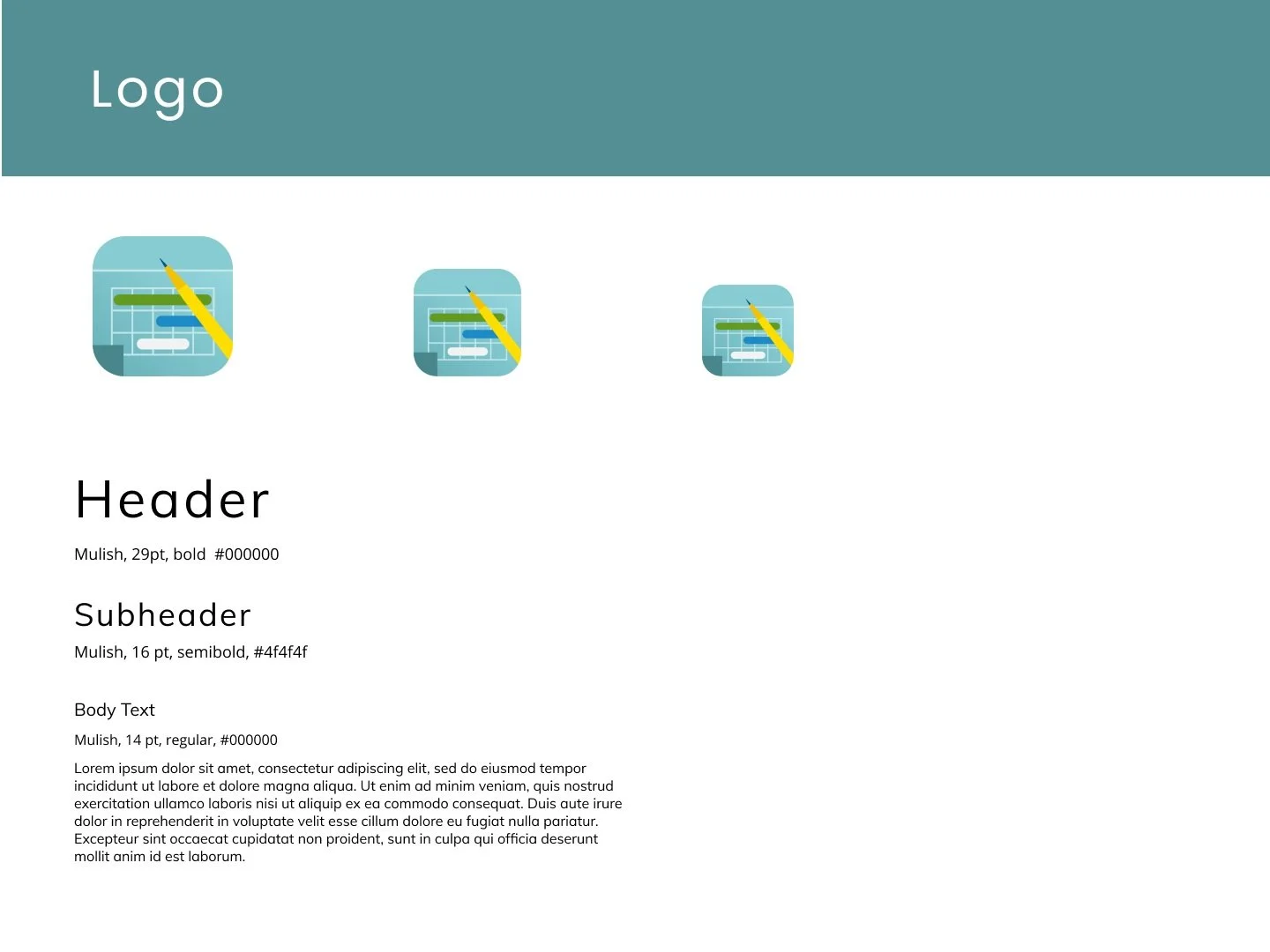EZMaxPlanner
OVERVIEW
EZMaxPlanner is an IBM Maximo scheduling tool that provides intuitive born-mobile functionality that makes planners immediately productive and streamlines the entire scheduling process. Our goal was to create an instinctual, secure product that requires minimal training and provides multiple functionalities.
CHALLENGES
Discover points of frustration when planning, scheduling, and assigning work
Determine a simple and easy to understand process for assigning work, batch scheduling, and balancing workloads
Create a simple administrative tool that allows field supervisors to manage their team’s assignments and workloads from anywhere
Design a product that has the same function of add-on desktop scheduling tools, but simplifies and streamlines that process
DISCOVERY
I first implemented secondary research in which I examined the websites of direct competitors of EZMaxPlanner (Prometheus Group, Oxplus) to better understand the Maximo scheduling market. There were some major flaws in the market that I strove to remedy in my design for EZMaxPlanner. These products were complex, outdated, had a lack of visual hierarchy, and required a significant amount of time to learn. Another issue that I came across was that these products were cluttered and had an overwhelming amount of information on each page.
In addition to doing a competitive analysis of similar products, I also held feedback sessions with industry experts to discuss client requests. This helped me to better understand user pain points and insights. It was apparent to me that the Maximo scheduling market was in need of a product that was intuitive, mobile friendly, and utilized information architecture to help users find information and complete tasks.
Based on these findings, I ultimately decided that this product should include:
A way to easily perform tasks such as assign work by owner, lead, or supervisor; plan work events; view assignments in advance; batch schedule across assets; and balance workloads
An interface that allows field supervisors to manage and continuously monitor workforce availability in real time community work requests
A mobile app where field supervisors can manage their teams from anywhere
INFORMATION ARCHITECTURE
Once finished with research, I sketched out the flow of a field supervisor assigning a technician to a work order, managing their team’s availability, batch selecting work changes, and building event plans. This helped me to visualize the type of information that a field supervisor would need in order to manage schedules in the field. My research showed that field supervisors need a product that makes assigning work, batch scheduling, and balancing workloads simple and doesn’t require a large chunk of time to learn to navigate.
BRANDING
The logo had previously been designed for EZMaxPlanner, so I built a UI Kit to help me effectively design a more modern and simplified scheduling app. I ultimately decided to go with a dark teal as the primary color on a white background with complementary accent colors. During my research phase, I found that many Maximo scheduling products were often too busy and disorganized so I really focused on a style that highlighted important information.
WIREFRAMING
All the while keeping my user flow in mind, I designed wireframes that would take a field supervisor through the process of assigning a work order to a technician, scheduling an assignment, managing the time off calendar, and creating a work plan. Ensuring that the user flow was easy to follow and that the vast amount of information was organized in a way that was easy to read were the biggest challenges of this process.
USER TESTING
To determine whether or not any edits needed to be made to my wireframes, I observed participants who fit the desired user specifications as well as key stakeholders navigate through prompted workflows. I had participants give me feedback on the design, layout, and flow of the app. This helped me to established strengths and weaknesses of my designs and determined potential next steps. My main goal was to:
Understand whether or not the flow of assigning a work order was intuitive and easy to follow
Understand if the process of managing a team’s schedule and assignments was straightforward and effective
Identify any areas of the app that are confusing or inconsistent
I worked through any inconsistencies with these teams before handing off the designs to the engineering team on Zeplin.
KEY FINDINGS AND IMPACT
Users want a simple administrative tool that allows field supervisors to manage their team’s assignments and workloads from anywhere
Clients want a product that has the same function of add-on desktop scheduling tools, but simplifies and streamlines that process
Field supervisors want to be able to easily re-assign a work order to a different technician when there’s a scheduling conflict
Adding this app to InterPro Solutions’ product offering helped increase the customer base by 15%
NEXT STEPS
My next steps are to continue the process of accumulating user feedback. This would help me to understand any pain points that may not have been explored prior to the first release, so that I can make adjustments for future releases.


















